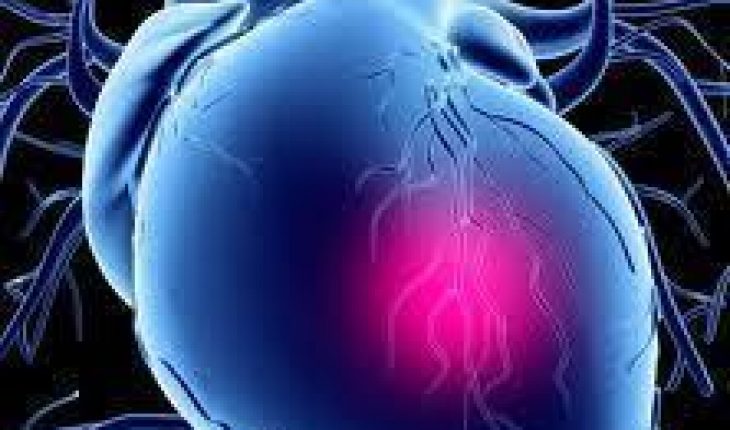What is Inflammatory Heart Disease?
Inflammatory Heart Disease (IHD) refers to the inflammation of muscles located inside the heart, this inflammation is usually caused by an infection, or irritation from a virus, or bacteria. The type of IHD that one can develop is generally differentiated as myocarditis, pericarditis or endocarditis.
Types of Inflammatory Heat Disease
What is Myocarditis?
Myocarditis is an inflammatory Heart condition which involves the infection of the heart by bacteria or viruses. Most of these infections are viral, which attack the muscles of the heart, and later lead to local inflammation. The disease is then combated by the immune system, but the disease will continue to affect the heart after the infection has stopped.
Myocarditis is usually associated with chest pains, deterioration of the heart’s muscles, shortness of breath, swelling of the feet and ankles, and may later result in heart failure. The disease can be detected by means of an electrocardiogram, Magnetic Diagram Imaging Tests, and or blood tests, which will show variance of the heartbeat, heart muscle, and heart muscle enzymes. Recovery in the first few stages of the disease is highly unlikely, but a few persons have recovered totally, while others needed to do a heart transplant.
What is Pericarditis?
Pericarditis is the term used to refer to the inflammation of the fluid bag that covers the heart, the Pericardium. This bag safeguards the heart from the neighboring walls within its cavity, as well as, provides lubrication for the heart, allowing it to decrease friction that may take place during activities. The cause of Pericarditis is uncertain, but there are however, factors that are believed to be contributors to its cause. Some factors include: tumor, cancer, metabolic disorder, previous impairment to the heart, and bad reaction to medication.
Pericarditis is usually associated with chest pains that are usually shifted to the neck, back, or shoulder blades. The chest pain becomes severe when one lies flat, but tends to loosen up as one sits forward, it will however worsen when one inhales. The disease is often diagnosed, by simply assessing the pain symptoms. A stethoscope may be used to detect whether or not there is a friction rub. If this is present then this is a sure sign that there is an inflammation. Further confirmation of the disease,can be obtained by a chest x-ray, an electrocardiogram, or ultra sound of the heart. The condition may be treated by prescribing anti- inflammatory medication such as ibuprofen to reduce the inflammation.
What is Endocarditis?
Endocarditis is caused by an infection of the innermost lining of the heart, this infection results in an obvious inflammation. The bloodstream is infected by pathogens from other parts of the body, which then further deteriorates the defective areas of the heart. This infection can cause partial or complete damage to the heart valve, if it is not treated immediately. The infection usually affects individuals who have a pre-existing heart condition.
Endocarditis usually develops over a period of time, but it can occur suddenly, depending on the level of infection. It is usually associated with joint and muscular pains, fever and chills, sudden weight loss, and night sweats, among others. The disease may be diagnosed by use of blood tests, echocardiogram, electrocardiogram, x-ray, and magnetic resonance imaging. It can be treated by the use of antibiotics, when the disease is not intense, and by surgery in severe cases.





